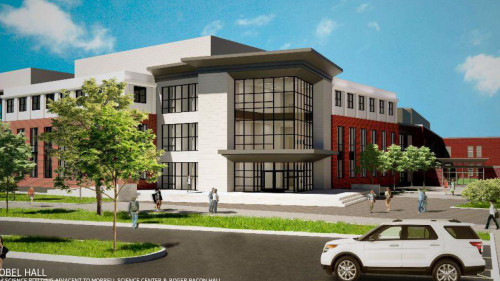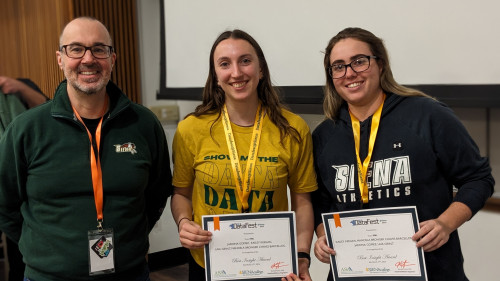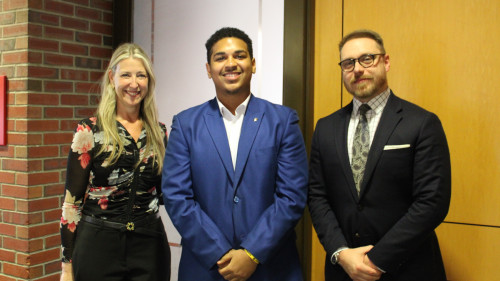
1) My wife and I met during grad school years ago. Early on, a large group of grad students went out to dinner to celebrate a friend’s accomplishment. I had just met her shortly before this, but I had a hunch. When we all walked to be seated, I turned to her and said, “If you sit next to me, we’re going to get married.” I was right.
2) Fast forward several years, and I fell asleep the first night I started writing this (two young children at home have a tendency to wear me out by evening… zzz… zzz… ).
3) As a wildlife researcher, I’ve live-trapped and handled several carnivores including coyotes, ocelots, bobcats, fisher, marten, badgers, raccoons, skunks, and opossums. Of all these species, I’ve only been bitten by one: the notoriously vicious opossum (which normally “play possum” when confronted. SMH).
4) In the process of studying skunks, yes, I’ve been sprayed many, many times. Tomato juice is NOT effective.
5) I may be guilty of seeking out academic institutions with the longest names. Explaining this is inherently long-winded. I started college at Finger Lakes Community College studying environmental conservation, but the names weren’t long enough, so I transferred to pursue my BS in Environmental and Forest Biology at the State University of New College of Environmental Science and Forestry at Syracuse. After working a few years, I realized I missed being part of a lengthy department name, so I went back for my MS at SUNY University at Albany in Ecology and Evolutionary Biology. It’s good to branch out, so I temporarily suspended my pursuit of long college and department names to earn my Ph.D. at Cornell in Natural Resources. But back to my roots, I am now happily Assistant Professor in the Department of Environmental Studies and Sciences.
6) If you have a question about skunks or coyotes, I’d be happy to help. I often provide public presentations to assist communities with human-wildlife interactions, which from time to time results in perceived and objective conflicts that require management intervention. In short, my research aims to solve problems.
7) I enjoy woodworking using old hand tools. In fact, I often use a hand ripsaw (ca. 1890-1915) and a collection of hand planes dating back to the 1890s to 1940s. These tools are made to work hard and produce great results.
8) Over break, I’m looking forward to learning Occupancy Estimation and Modeling to expand my research investigating wildlife spatial ecology. Learning never ends.
9) As a member of COTFD, I’m currently reading Radical Hope: a teaching manifesto by Kevin M. Gannon and looking forward to the book discussion (stay tuned for dates).
10) Over break, next up on my reading list is White Fragility, by Robin DiAngelo and Anthony Bordain’s Kitchen Confidential, plus a plethora of scientific papers. I’ve also read The Lorax countless times to my children and enjoy it every time.

